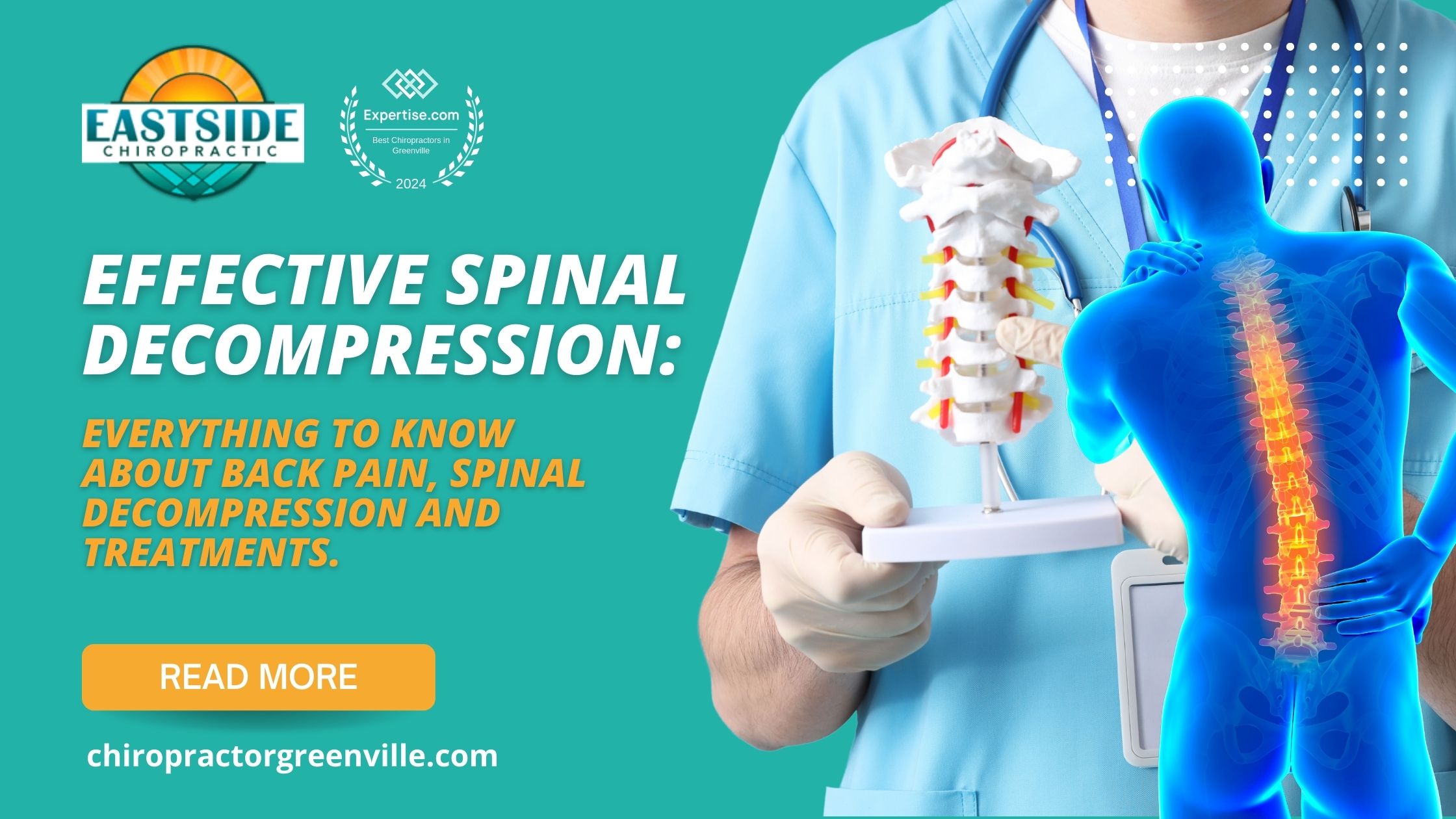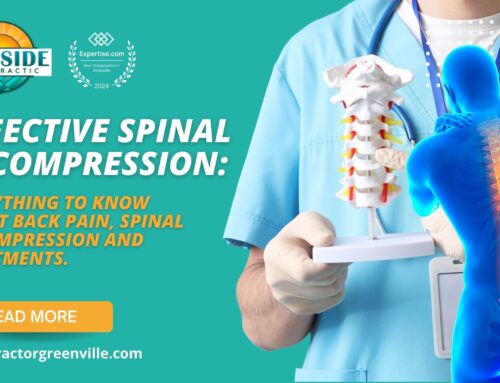DIY Spinal Decompression: Decompress Your Spine by Yourself
Introduction
Do you often find yourself feeling as stiff as a board? If so, spinal decompression might be exactly what you need. Intrigued? Let’s dive into the realm of DIY spinal decompression and discover how you can decompress your spine by yourself. Whether you’re dealing with back pain or just want to keep your spine in tip-top shape, these methods could be a game-changer.
Understanding Spinal Decompression
The Anatomy of the Spine
Your spine is an incredibly complex structure, consisting of vertebrae, discs, nerves, and muscles. Think of it as a stack of building blocks cushioned by gel-like discs that absorb shock and allow for flexibility.
How Spinal Decompression Works
Spinal decompression involves stretching the spine to relieve pressure on the discs and nerves. Imagine your spine as a sponge—when compressed, it’s hard and rigid, but when decompressed, it’s flexible and efficient.
Benefits of Spinal Decompression
You might be wondering, why bother? The benefits are plenty: pain relief, increased flexibility, better posture, and overall improved spinal health. It’s like a tune-up for your body.
Why You Might Need Spinal Decompression
Common Spinal Issues
From herniated discs to sciatica, various conditions can lead to spinal discomfort. Knowing what ails you can be half the battle.
Symptoms That Indicate You Need Spinal Decompression
Experiencing back pain, stiffness, tingling, or numbness? You might benefit from decompression techniques.
DIY Spinal Decompression Methods
Precautions Before You Start
Before you dive headfirst into DIY methods, consult your healthcare provider to ensure it’s safe for you. Start slow and listen to your body.
Simple Stretches and Exercises
Easy exercises like child’s pose, cat-cow stretch, and knee-to-chest can help ease spinal tension. Think of these as appetizers for your spine.
Hanging Techniques
Using a Pull-Up Bar
Hanging from a pull-up bar can help lengthen the spine and relieve pressure. Ensure you grip securely and avoid swinging.
Safety Tips for Hanging Techniques
Make sure the bar is stable and begin with short durations. Gradually increase the time as you get more comfortable.
Foam Rolling for Spinal Decompression
Choosing the Right Foam Roller
Opt for a medium-density roller to start with. It should be firm but with some give.
Effective Foam Rolling Techniques
Place the roller under your back and gently roll from your lower back to your upper back. Think of it as giving your spine a gentle massage.
Yoga and Spinal Decompression
Yoga Poses for Spinal Relief
Poses like downward dog, bridge pose, and cobra can aid in spinal alignment and decompression.
Creating a Routine
Consistency is key. Incorporate these poses into your daily routine for the best results.
Inversion Tables: A Deeper Dive
How Inversion Tables Work
These devices tilt your body, using gravity to stretch the spine. It’s like turning the world upside down for spinal relief.
Using an Inversion Table Safely
Start at a small angle (30 degrees) and increase as you get comfortable. Always use safety straps and possibly have someone spot you.
The Role of Deep Breathing
How Breathing Hardens Your Spine
Proper breathing can help relax and elongate your spine. You might be surprised how transformative a few deep breaths can be.
Breathing Exercises for Decompression
Try diaphragmatic breathing—inhale deeply through your nose, letting your belly rise, and exhale through your mouth.
Hydration and Spinal Health
Why Hydration Is Key
Your spinal discs are primarily made of water. Staying hydrated helps keep them supple and functioning efficiently.
Tips to Stay Hydrated
Carry a water bottle, set reminders, or even infuse your water with fruits for a dash of flavor.
Diet and Nutrition
Foods That Boost Spinal Health
Incorporate foods rich in omega-3 fatty acids, calcium, and vitamin D like fish, leafy greens, and nuts into your diet.
Supplements That Can Help
Consider supplements like glucosamine and chondroitin for joint and spine health. Always consult a healthcare professional before starting any new supplements.
When to Seek Professional Help
Signs DIY Methods Aren’t Enough
If your pain persists or worsens, or you experience severe symptoms like loss of bladder control, it’s time to seek professional help.
Professional Spinal Decompression Services in Taylors, SC
At Eastside Chiropractic PA, we offer expert spinal decompression services tailored to your needs. Our specialists can provide treatments that go beyond DIY methods, ensuring optimal relief and spinal health.
Eastside Chiropractic PA: Your Local Expert
Overview of Services Offered
From spinal decompression to chiropractic adjustments, our range of services is designed to keep your spine in its best shape.
What to Expect During a Visit
During your visit, you’ll undergo a thorough assessment followed by a customized treatment plan. You’ll be in good hands from start to finish.
Conclusion
DIY spinal decompression can be a practical way to alleviate back pain and maintain spinal health. However, it’s crucial to know your limits and seek professional advice when necessary. At Eastside Chiropractic PA, located in Taylors, SC, we are here to support you with expert spinal decompression services.
FAQs
Can I Injure Myself Doing DIY Spinal Decompression?
While DIY methods can be safe, improper technique or overexertion can lead to injury. Always start slow and consult a healthcare provider.
How Often Should I Perform These Exercises?
Aim for daily practice, but listen to your body. If you experience pain, reduce the frequency and intensity.
Are There Any Medical Conditions That Could Make Spinal Decompression Unsafe?
Yes, conditions like severe osteoporosis, fractures, and certain spinal infections could make spinal decompression unsafe. Consult your doctor before starting any new regimen.
How Long Does It Take to See Results?
Results can vary. Some people notice relief in a few days, while others may take weeks. Consistency is key.
Can Children or Elderly People Perform These Techniques?
While some techniques can be adapted, it’s essential to consult a healthcare provider to ensure safety for children and elderly individuals.


